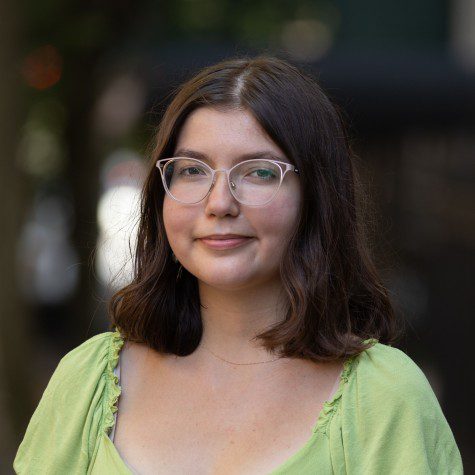While François Truffaut and Jean-Luc Godard have become the names most associated with the French New Wave, late-bloomer Éric Rohmer deserves just as much recognition for his work. Perhaps he’s not as discussed because his films are known for being dialogue-heavy, which many see as less cinematic, or because his films don’t feature the faces of New Wave icons like Anna Karina or Jean-Pierre Léaud. In any case, film fans have an opportunity to catch up with some of his work and bring him into the conversation more as his “Tales of Four Seasons” will be available on Film Forum’s virtual cinema starting March 26th.
If there’s a thesis to this series, it’s that love isn’t bound to any particular season of the year. One can romanticize summer just as much as autumn. Gaspard’s (Melvil Poupaud) balancing of three girls in “A Tale of Summer” is just as emotional to watch as Magali’s (Béatrice Romand) search for love with the aid of her friends in “A Tale of Autumn.” Both protagonists have the same goal: to avoid loneliness. Regardless of the seasons of life, people have a desire to combat feelings of isolation.
According to Rohmer, people combat fears of being alone with a certain spontaneity in the warmer seasons. “A Tale of Springtime” tells the story of Natacha (Florence Darel), who attempts to match Jeanne (Anne Teyssèdre) up with her father at a party. The conflict of the film stems from the two of them attending this party and happening to strike up conversation. “A Tale of Summer” follows Gaspard who, while waiting for his sort-of girlfriend to arrive, strikes up a rapport with a girl he meets on the beach. Things are further complicated when this girl introduces him to another young lady, turning what was meant to be a relaxing beach trip into a stressful series of balancing plans and emotions. Both films rely on the heat, which invites people outside and throws them into encounters that might not have happened in less hospitable weather.
Somewhat inversely, a desire to settle down, known nowadays as “cuffing season,” takes hold in the cooler months of fall and winter. Magali’s friends desperately try to set her up with someone in “Autumn Tale.” In “A Tale of Winter,” Félicie (Charlotte Véry) goes back and forth in settling down between two lovers, with an underlying longing for her holiday romance years ago inhibiting her ability to decide. During Fall and Winter, as people are forced indoors more and more, they are then made more aware of who they do or do not have to come home to. Loneliness during the summer is one thing, but loneliness during the winter lacks the comfort the sun’s warmth typically shines upon the most single of people.
In using the four seasons as a connecting point, Rohmer explores variations of love while also drawing attention to their similarities. There are no overlapping characters, no cinematic universes being set up, only overlapping emotions. Seemingly different desires come about at different times of year, though they all have the throughlines of wanting love and connection, their expressions being the only difference.
If the “Six Moral Tales” serve as the world’s introduction to the romantic, philosophical musings of Eric Rohmer, then the “Tales of Four Seasons” serve as a conclusive statement to Rohmer’s filmography, brimming with observations and insights so plentiful they couldn’t be contained here.
Email Sebastian Zufelt at [email protected].
























































































































































